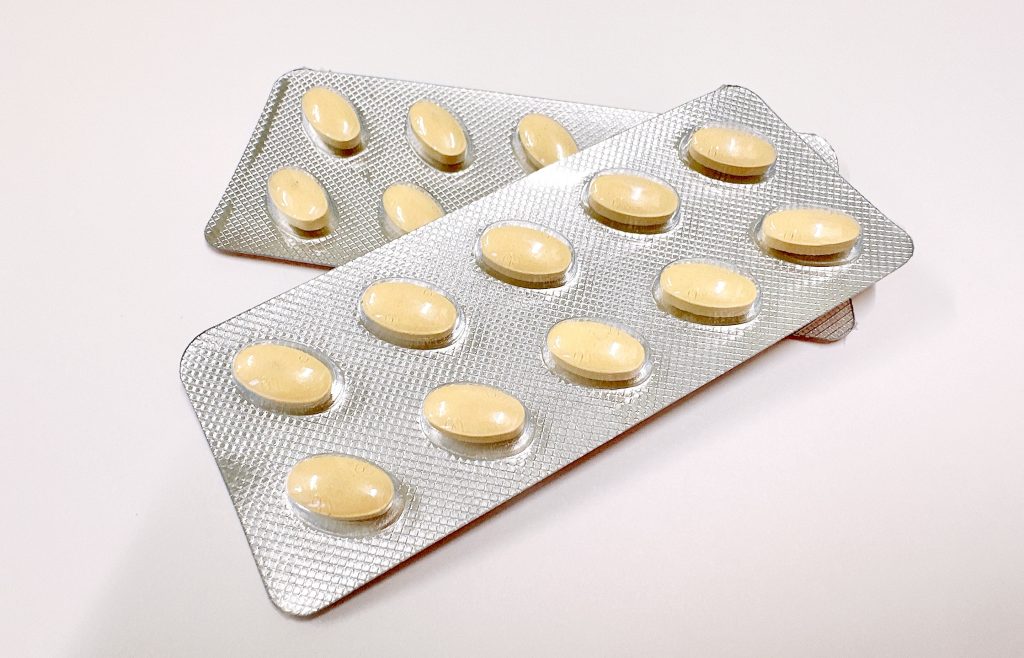この記事の概要
Tissue engineering is a technology that uses cells, biomaterials, and growth factors to create new tissue in order to repair and regenerate damaged tissues and organs. This tissue engineering technology is also attracting attention in the treatment of erectile dysfunction (ED).In particular, it is expected to be a fundamental treatment for ED by aiming to regenerate the corpus cavernosum tissue, blood vessels, and nerves of the penis.
Tissue engineering is a technology that uses cells, biomaterials, and growth factors to create new tissue in order to repair and regenerate damaged tissues and organs. This tissue engineering technology is also attracting attention in the treatment of erectile dysfunction (ED).In particular, it is expected to be a fundamental treatment for ED by aiming to regenerate the corpus cavernosum tissue, blood vessels, and nerves of the penis.

What is Tissue Engineering?
Tissue engineering consists of three main elements
- Cells: Cells (e.g., stem cells) obtained from the patient themselves or from a donor are used to create new tissues and organs.
- Scaffold: A scaffold made of biomaterial provides a scaffold on which cells can grow and differentiate. These scaffolds are generally degraded naturally once implanted in the body.
- Growth Factors: Growth factors are used to promote cell growth and differentiation and to properly regulate cells.
This technology is applied to regenerate the corpus cavernosum, blood vessels, and nerves of the penis in order to treat ED.
Role of Tissue Engineering in ED
The main causes of ED include damage to blood vessels and nerves in the penis and deterioration of cavernous tissue. Tissue engineering is used to repair and regenerate these tissues and blood vessels, and is believed to help improve ED.
- Penile corpus spongiosum regeneration:.
- Erection requires the corpus spongiosum of the penis to store blood and expand. However, when the function of the corpus cavernosum deteriorates due to aging or disease, erectile function is impaired. The goal is to fundamentally treat ED by regenerating the tissue of the corpus cavernosum using tissue engineering.
- This regeneration approach uses the patient’s own stem cells and scaffolds to create new cavernous tissue and restore normal erectile function.
- Vascular regeneration.
- Most ED is caused by insufficient blood flow to the penis. By using tissue engineering to generate new blood vessels and improve blood flow to the penis, it is expected to restore erectile function.
- To generate new blood vessels, a biomaterial is used to create a vascular scaffold on which the patient’s own cells are cultured to regenerate blood vessels. This allows for a normal supply of blood flow and an erection.
- Nerve regeneration:
- Normal nerve function is essential for an erection. ED can be caused by nerve damage due to diabetes or the aftereffects of prostate surgery. Tissue engineering is also used to regenerate damaged nerves, with the goal of restoring nerve function.
Tissue Engineering Approach to ED Treatment
- Cellular Therapy:
- This procedure involves culturing the patient’s own stem cells and transplanting them into the corpus spongiosum of the penis to promote tissue and blood vessel regeneration. Stem cells have the ability to differentiate into a wide variety of cells and help repair penile tissue.
- Transplantation of stem cells can restore penile function by promoting blood vessel growth and nerve regeneration.
- Biomaterials used:
- Biomaterials are used as scaffolds for tissue regeneration, on which cells grow and differentiate to create new tissue. This biomaterial is used to restore the function of the penile corpus cavernosum.
- Use of growth factors:
- Growth factors are used to promote tissue growth and regeneration. This enhances cell proliferation, angiogenesis, and nerve regeneration, and is expected to improve ED.
Benefits of Tissue Engineering
- Fundamental Treatment:
- Tissue engineering provides fundamental treatment by regenerating the tissues, blood vessels, and nerves that cause ED and restoring their function, rather than seeking temporary relief of symptoms.
- Using the patient’s own cells:
- Because the patient’s own cells are used, the treatment is safe with little risk of rejection or side effects.
- Can be used for a variety of causes:
- It can treat various causes of ED, such as damage to blood vessels, damage to nerves, and dysfunction of the corpus cavernosum.
Tissue Engineering Challenges
- Research phase:
- The technology for applying tissue engineering to ED treatment is still in the research phase. Clinical trials are ongoing and further research is needed to determine long-term efficacy and safety.
- High cost: -1 .5
- Tissue engineering is a sophisticated technology and treatment costs can be high. It also requires specialized equipment and physicians, and may take time to become widely available.
Conclusion
Tissue engineering is a very promising technology in the treatment of ED and has the potential to radically improve erectile function by regenerating damaged cavernous tissue, blood vessels, and nerves. Although the technology is in the research phase at this time, it is expected to become an important option for the treatment of ED in the future.










